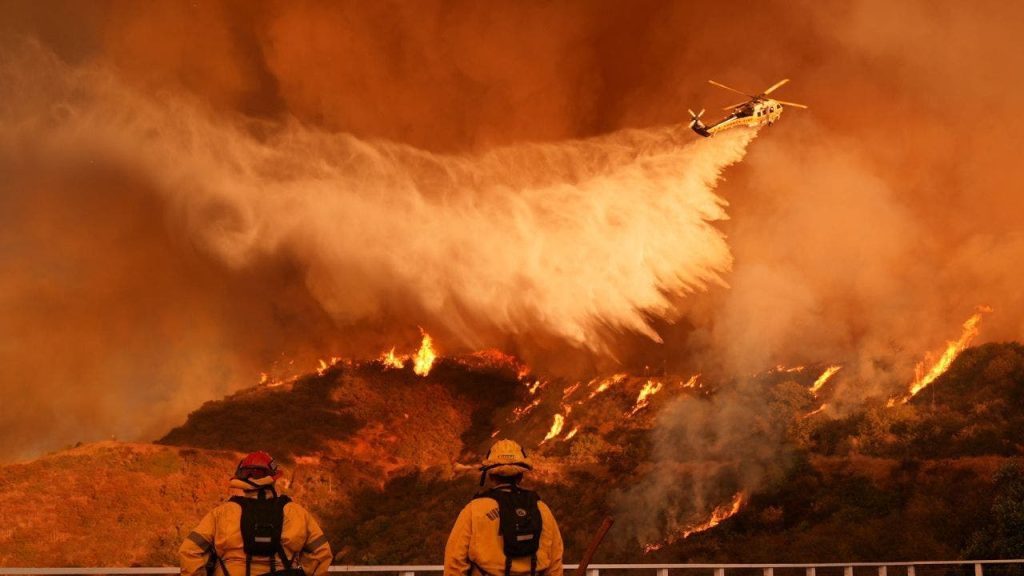Oakland is grappling with a severe budget deficit of $129.8 million, which threatens to decimate the city’s firefighting capacity by up to 30%. This potential reduction comes on the heels of previous budget cuts that have already forced the closure of two fire stations and prevented the reopening of a newly renovated one. These closures have tripled fire response times in Oakland, pushing them to three times the national average, a statistic that raises serious concerns about public safety. City Councilmember and former firefighter Zac Unger paints a grim picture, warning that four more fire stations could be shuttered if the budget shortfall isn’t addressed. This would effectively cripple the fire department’s ability to respond effectively to emergencies, placing residents and property at significantly greater risk. The looming threat of station closures has ignited a sense of urgency among firefighters and city officials, who are scrambling to identify alternative funding sources and avert this potential disaster.
The proposed closures represent a “tremendous threat” according to Fire Chief Damon Covington, who emphasizes the city’s growing need for increased fire services. Losing even one fire station places a significant strain on remaining resources, forcing other stations to cover a wider geographical area. The impact of these closures is manifest in the already-lengthened response times, raising fears of a future large-scale fire incident similar to the devastating Palisades and Eaton wildfires in Los Angeles. Seth Olyer, president of Oakland Firefighters Local 55, provides a stark example of the consequences of delayed response, describing a house fire that escalated from a contained blaze to a total loss due to the extended response time. This incident underscores the exponential growth of fire damage and the potential for such fires to spread rapidly to neighboring properties, even sparking devastating wildfires, especially in dry and windy conditions. Firefighters are doing their best to adapt to the challenging circumstances, but the reality remains that fewer fire stations inevitably translate to a diminished level of service.
The city’s current budget proposal attributes the substantial deficit to one-time COVID-19 pandemic costs and escalating retirement benefits, including OPEB liability and CalPERs benefits costs. As a cost-saving measure, the city has proposed “brownouts”—temporary closures—of fire stations for six months starting in January 2025, a move projected to save $5.5 million. However, firefighters argue that the long-term consequences of such closures could far outweigh any short-term financial gains. Chief Covington explains the domino effect of station closures, emphasizing that the impact extends beyond the immediate area served by the closed station, burdening surrounding jurisdictions and impacting the overall effectiveness of the fire department.
The concerns raised by Oakland firefighters echo the warnings issued by the Los Angeles Fire Department before the devastating Palisades and Eaton wildfires, highlighting the dire consequences of understaffing and inadequate resources. Oakland itself carries the scars of a devastating firestorm in 1991 that claimed 25 lives, injured 150, and destroyed thousands of homes. This tragic event profoundly altered firefighting tactics in the region and underscored the importance of interagency cooperation. Olyer points out that the 1991 fire required a massive collaborative effort from fire departments across the western United States, demonstrating that no single department can effectively combat a large-scale, rapidly spreading wildfire under extreme conditions, a lesson underscored by the recent events in Los Angeles.
Olyer emphasizes the importance of adequate resources and interagency cooperation for effective firefighting, citing the Keller Fire of October as a successful example. The Keller Fire was contained through a coordinated effort involving proper staffing, early intervention, and collaboration with CAL FIRE, which provided aerial support, preventing another potential catastrophe. This example demonstrates the effectiveness of a well-resourced and coordinated response in mitigating fire risks. However, Oakland’s firefighting resources are currently stretched thin, with aging equipment and a department operating on a “bare-bones” budget for decades. The current fleet includes fire engines with nearly 300,000 miles, raising concerns about reliability and safety.
The dire situation facing the Oakland Fire Department has galvanized a collective effort to avert further station closures. Firefighters, city officials, and community members are united in their desire to keep firehouses open and ensure the safety of Oakland residents. Despite the city’s financial constraints, there is a shared understanding of the paramount importance of adequate fire protection. The challenge lies in finding the necessary resources to bridge the budget gap and maintain essential services. While the path forward remains uncertain, the shared commitment to finding a solution offers a glimmer of hope for Oakland’s fire safety. The immediate priority is to secure funding to prevent further cuts and address the existing vulnerabilities in the city’s fire protection infrastructure.










